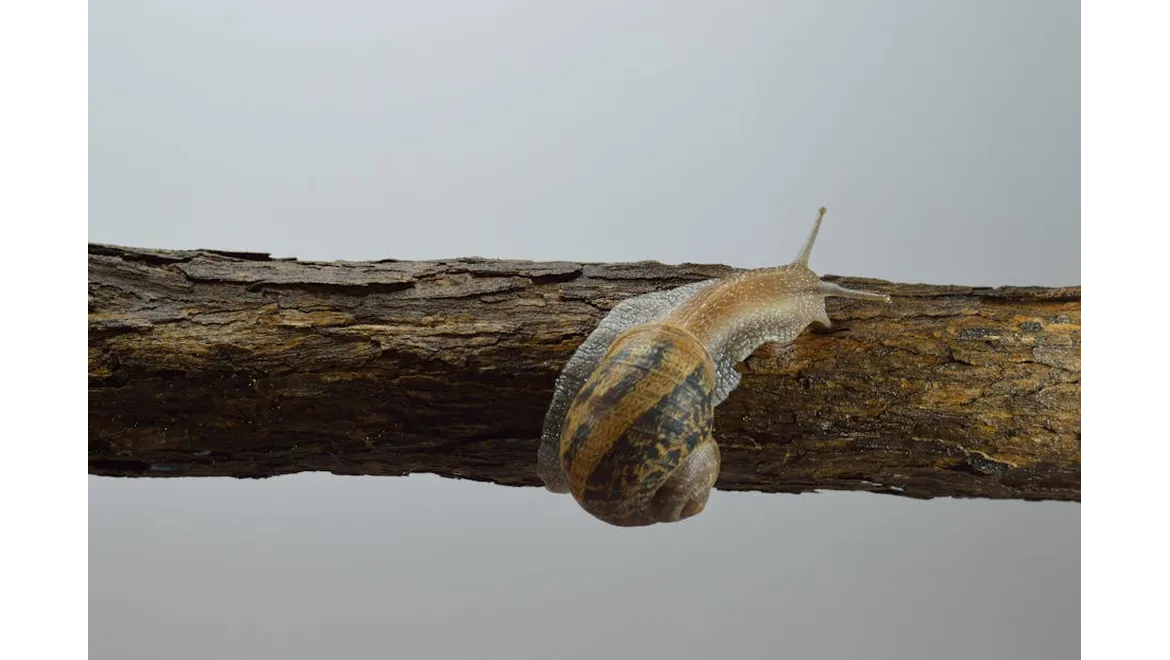Right, kettle’s on, biscuits at the ready. Today, I cornered my friend Jamie, a proper green-fingered guru, about pest and disease control in the UK garden. I wanted the nitty-gritty, the stuff that actually works, not just endless pages of Latin names. He didn’t disappoint. We were talking about enjoying our gardens in the UK, the lovely plants and everything, but pests and diseases can really put a dampener on things. And, of course, the value that an orangery can provide. A lovely relaxing place to enjoy your garden.
“So, Jamie,” I started, “what’s the biggest pest pain you face?”
“Slugs, without a doubt,” he sighed. “They’re a menace. But I’ve had some luck with eggshells. Crush them coarsely and scatter them around vulnerable plants like hostas. The sharp edges deter them.” He explained that the slugs don’t like crawling over the rough surface. “It’s not foolproof, mind,” he chuckled. “But it’s a good first line of defence.” He mentioned that copper tape around pots also works on a similar principle, giving the slugs a mild electric shock. Both are fairly cheap to implement.
Next, we moved onto those pesky aphids. “Aphids are a classic problem, aren’t they?” I said. Jamie nodded. “I swear by ladybirds. Attract them to your garden by planting things like fennel and dill. They’re aphid-munching machines!” If you don’t have any ladybirds nearby? A strong blast of water from the hose can dislodge them, but be careful not to damage the plants, this works because the aphids are not able to re-grip the plant and so fall off. Alternatively, you can make a simple insecticidal soap spray by mixing a tablespoon of washing-up liquid (make sure it doesn’t contain bleach or ammonia) with a litre of water. Spray it directly onto the affected areas. Repeat every few days until the aphids are gone.
Then we discussed fungal diseases, specifically powdery mildew and sooty mould. I’ve had my fair share of powdery mildew on my courgettes. Jamie’s solution? “Baking soda, mate. Mix a teaspoon of baking soda with a litre of water and a few drops of liquid soap. Spray it on the affected leaves. It raises the pH and makes it harder for the fungus to thrive.” He stressed the importance of good air circulation to prevent powdery mildew in the first place. Pruning to open up the plant’s centre can help. For sooty mould, a black coating that appears on leaves, Jamie suggested tackling the root cause: aphids or scale insects. “Sooty mould grows on the honeydew secreted by these pests. Control the pests, and the mould will disappear.” Another problem that needs you to get to the root of the problem.
We touched on things like tomato blight too. Jamie uses copper fungicide preventatively, spraying his tomato plants regularly. He’s also adamant about good ventilation in his greenhouse. Good airflow can save you so much hassle.
Finally, we got onto the broader topic of promoting plant health to prevent problems in the first place. “Healthy plants are less susceptible to pests and diseases,” Jamie emphasised. “Make sure you’re feeding your plants properly. Use a good organic fertiliser. Improve your soil with compost and well-rotted manure. And choose disease-resistant varieties whenever possible.”
He explained the importance of observing your plants regularly. Spotting problems early is key. “Catching a small infestation early on is much easier than dealing with a full-blown plague!” And, he added, don’t be afraid to remove heavily infested or diseased plants to prevent the problem from spreading.
So, what did I learn from my chat with Jamie? Firstly, organic and environmentally friendly methods are often the best. Secondly, prevention is better than cure – healthy plants are more resilient. Thirdly, keep it simple! Eggshells, baking soda, and ladybirds are readily available and effective. And, most importantly, be observant, catch problems early, and don’t be afraid to ask for help. Jamie also mentioned that an orangery provided the perfect environment to nurture some of these plants.
Basically, a healthy, happy garden is less likely to succumb to pest and disease problems. And with a little bit of know-how and elbow grease, we can all enjoy our gardens pest-free!


